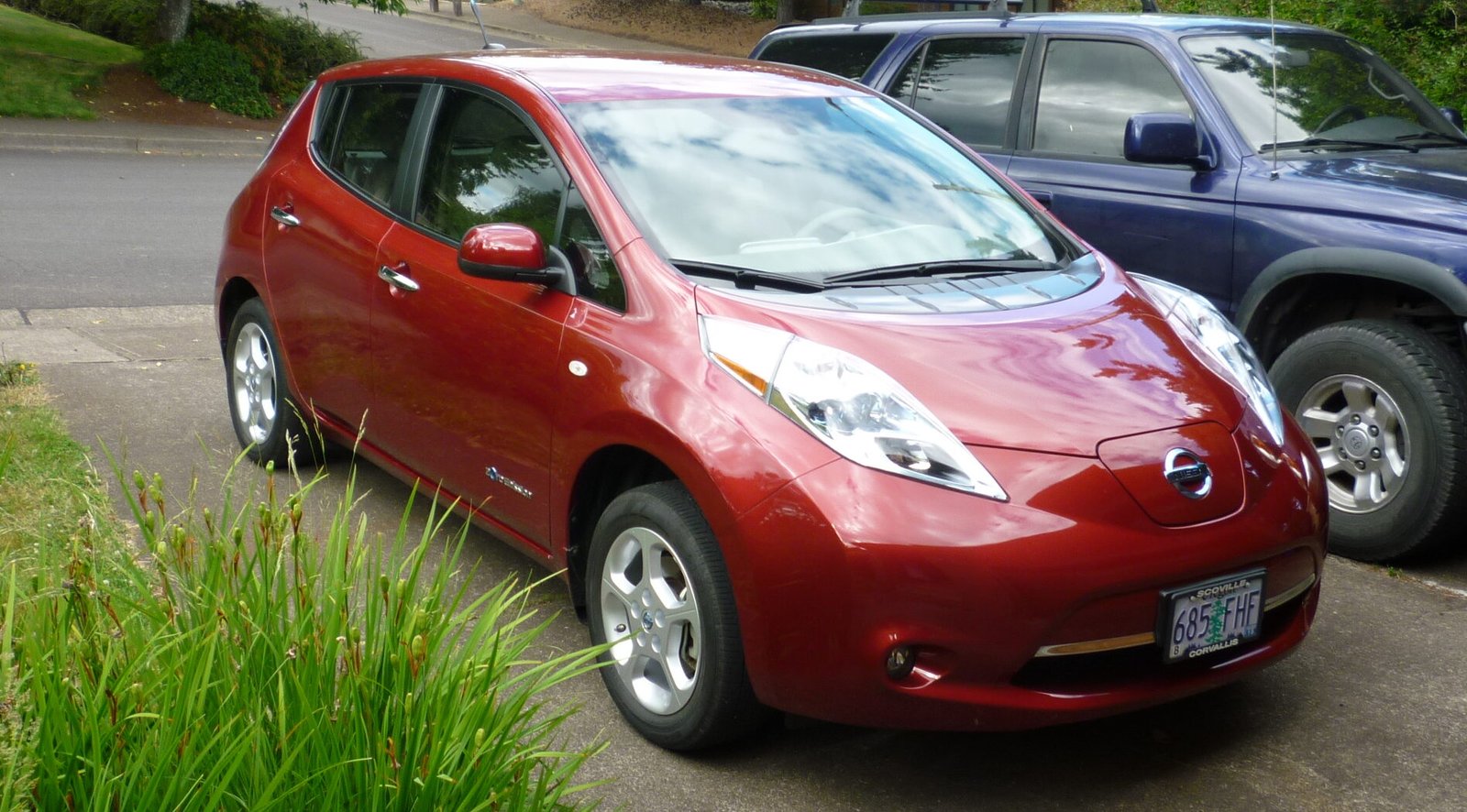
It’s go time for electric vehicles
We humans are terrible at seeing what’s coming, even when the signals are visible. So I’m here to give you some straight talk about electric vehicles (EVs): the transition to electric transportation is underway, and it’s time to jump on! Yes, there is some chaos and misinformation clouding the big picture on this. But for nearly everyone driving a gas car, choosing an EV for your next car purchase is within reach and will save you money and make you happier. And as a bonus, EVs will help us get off fossil fuels, reduce air pollution, and fight climate change.
I realize you may need some convincing. Just last week, I saw at least three false or misleading news stories suggesting that EVs are dangerous, bad for the climate, or doomed. Yet consider this: according to the International Energy Agency, 14% of new cars sold worldwide in 2022 were electric and sales are growing exponentially. Each year EVs have been getting better and cheaper, with more models, longer ranges, and a greater variety of options. The cost of fueling and maintaining an EV is much lower than for a gas car, and EVs are better for the climate than gas cars in every US state, even those without much clean electricity in their grids. One of the biggest underappreciated reasons to go electric is that from this day on, as EVs take over, fueling, maintaining, buying and selling EVs will get easier, and gas cars will become a burden, and may loose their value.
Here are four key things to know when considering your next car purchase:
EV sales are rising quickly and are reaching a tipping point in the U.S. In 2022, 5.7% of US car sales were fully electric, a 65% increase from 2021. By the 3rd quarter of 2023, 7.9% of new cars sold in the U.S. were EVs. These trends, along with the generous EV tax incentives enacted in 2022 in the Inflation Reduction Act, indicate the beginning of exponential growth of EV sales: If these trends continue, EVs will dominate new car sales in the U.S. by 2030, just seven years away.
As EVs become more abundant on our roads, prices and choices will improve, infrastructure to drive, fuel, maintain, repair, and re-sell them will become more accessible, and the opposite trends will occur for gas cars. Recognizing this now can save you from choosing a car that will become obsolete.
The benefits of going electric are underestimated. Every person I know who has gotten an EV in the last few years is extremely happy, and would not go back to gas. EVs are quiet, fast, powerful, cheaper to run, fun to drive, and better for the climate. Getting used to charging and learning your battery range are adjustments, but you are probably overestimating these issues, and underestimating how great it is to be freed from buying gas and paying for maintenance and repairs for an internal combustion engine. (I suggest choosing an EV that has a range of 250 miles or more.) According to an analysis by Consumer Reports, EV owners spend–on average–approximately 60% less on fuel than gas car owners, and half as much on maintenance and repairs.
Fears about battery life, reliability, and climate benefits have been stoked by fossil fuel interests who have spread disinformation to try to prevent the rapid transition to EVs. Very few–if any–of these alarming headlines stand up to careful scrutiny.
What to know about the cost of buying an EV: With EV prices falling and options expanding, a new, used, or leased EV is now within reach for many—possibly most– families. There is, however, a bit of chaos in the U.S. EV market right now, precipitated by the EV incentives passed as part of the the Inflation Reduction Act.
The law provides generous tax credits for buying EVs (both new and used). To qualify for credits, new EVs must meet domestic battery sourcing requirements. (These incentives are also income restricted, so are not available to the wealthiest Americans.) As a result, buyers and manufacturers have been scrambling to meet the requirements, and the IRS and Treasury Department have been scrambling to determine which EVs qualify. In addition, some states have additional incentives, so depending on where you live, your income level, and the EV you choose, your purchase price could lowered by up to $10,000.
There are several ways to determine which EVs qualify for these tax credits. One option is to go to the US Department of Energy’s website with the updated list of new and used EVs that qualify, as well as information about how to claim the credits. A second really great resource is Electric For All, where you can enter your location and discover all the EVs available and which tax credits (including state credits) are accessible to you. There are also credits up to $4000 to buy used EVs, and $7500 tax credits available to leasing companies to lower the cost of leasing an EV.
Leading EV makers, including Chevy, Hyundai, VW, Tesla, Ford, Nissan, and Volvo, are furiously working to build domestic supply chains for their batteries so buyers can get the tax incentives. The Department of Energy website and Electric For All are updated frequently and more and more models should be added over coming months.
Doing well by doing good: EVs really are a win-win. Today’s leading EVs are quiet, fast, powerful, much cheaper to run and maintain, super fun to drive, and protect owners from gas price shocks.
At the same time, they are a critical climate solution. The transportation sector is the largest source of CO2 emissions in the U.S., responsible for 2/5ths of domestic fossil fuel emissions. EVs have lower emissions than gas cars in every state, and as the percentage of clean electricity grows the climate advantage of driving electric will only increase. If you currently drive a gas powered car, one of the most effective personal climate actions you can take is commit to switching to an EV the next time you need to buy a car. You’re gonna love it!

P.S. I realize this is a long post, but even so, I left out some important information so as not to make it even longer! Below links to three things I didn’t talk about:
- Plug-in hybrid electric vehicles (PHEVs)
- The coming advantage of using your EV as a back-up power source during power outages.
- The large public and private investments in charging stations that will transform the US car travel landscape in the coming years.



